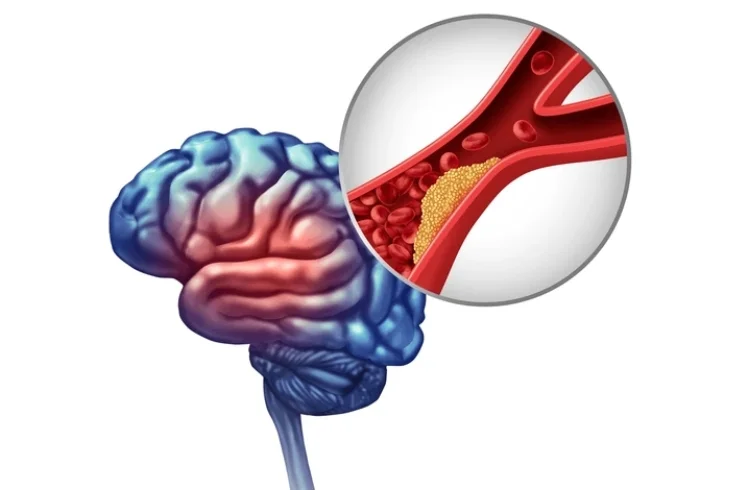
A brain stroke, or cerebrovascular accident, occurs when blood flow to a part of the brain is interrupted or severely reduced, depriving brain cells of oxygen and vital nutrients. This interruption may be caused by a blockage (ischemic stroke) or bleeding (hemorrhagic stroke) within the brain. Brain tissue begins to die within minutes, making stroke one of the most urgent medical emergencies. Common symptoms include sudden numbness or weakness—especially on one side of the body—trouble speaking or understanding speech, vision problems, dizziness, loss of coordination, and severe headache. Rapid recognition and emergency treatment are crucial to limiting brain damage and preserving neurological function.
Diagnosis of a stroke begins with a detailed clinical assessment and immediate imaging, such as a CT scan or MRI, to determine the type and location of the stroke. Ischemic strokes are treated with clot-dissolving medications or advanced mechanical procedures to restore blood flow, often within a limited therapeutic window. Hemorrhagic strokes, caused by bleeding in the brain, may require blood pressure control, medication to reduce swelling, or surgical intervention to stop the bleeding and relieve pressure. Early treatment is essential in reducing complications and improving outcomes. In both types, close monitoring in a stroke unit or intensive care setting is vital during the acute phase.
Recovery from a stroke is a gradual and individualized process that involves comprehensive rehabilitation. Depending on the area of the brain affected, patients may require physical therapy to improve strength and mobility, speech therapy to address communication challenges, and occupational therapy to relearn daily activities. Emotional and cognitive support are also key components of recovery. Preventive strategies, including lifestyle modification, regular medical follow-up, and management of conditions like hypertension or diabetes, play a critical role in reducing the risk of future strokes. With timely intervention, advanced medical care, and committed rehabilitation, many stroke survivors can regain independence and lead meaningful, active lives.